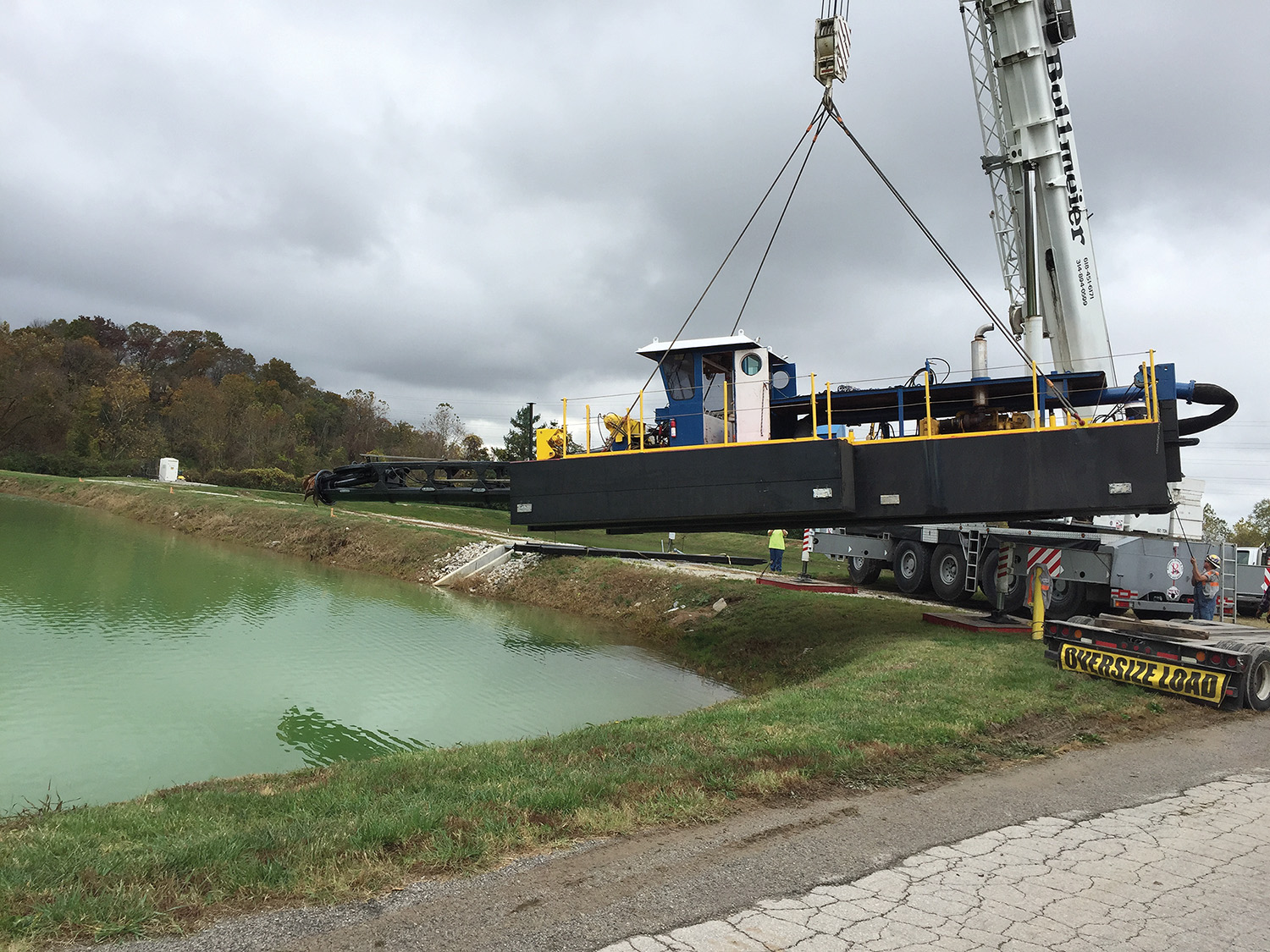


S stars are late-type giants with spectra showing characteristic molecular bands of ZrO in addition to the TiO bands typical of M stars. Institute of Astronomy and Astrophysics (IAA), Université libre de Bruxelles (ULB), CP 226, Boulevard du Triomphe, 1050 Bruxelles, BelgiumĮ-mail: of Astronomy, KU Leuven, Celestijnenlaan 200D, 3001 Leuven, BelgiumĬontext. Astronomical objects: linking to databases.Including author names using non-Roman alphabets.Suggested resources for more tips on language editing in the sciences Punctuation and style concerns regarding equations, figures, tables, and footnotes Comparisons are then made between theory and observations of planetary nebula abundances. It is found that for models ≲ 6 M sun the third dredge-up phase results in a greater increase in He/H than that produced by all previous dredge-up phases. Analytic expressions concerning the abundance ratios of He/H, C/O, and N/O are given. Finally, we consider the effect of the third dredge-up phase on the surface abundances. The abundance changes produced by the first and second dredge-up phases are summarized, and the possible role of meridional circulation is discussed.

Model lifetimes for models on the asymptotic giant branch are discussed both for the prethermal pulse phase and for the later thermal pulse phase. We present more information to support the idea that the latter relationship does depend on both the initial model mass and the initial Y abundance. The results of our calculations and those of other authors are combined for further elucidation of the core mass-interflash period relation and the core mass-luminosity relation. The behavior of the first major thermal pulse is discussed in detail. Prior to the first major thermal pulse the luminosity of the helium-burning shell is found to undergo a number of small oscillations which ultimately grow to become the first major pulse. A detailed description is given concerning the reignition of the hydrogen-burning shell through the appearance of the first major thermal pulse. The limiting mass for nondegenerate core carbon ignition is determined as a function of initial model mass and composition. The asymptotic giant branch evolution of intermediate-mass stars is further investigated following the end of the second dredge-up phase.


 0 kommentar(er)
0 kommentar(er)
